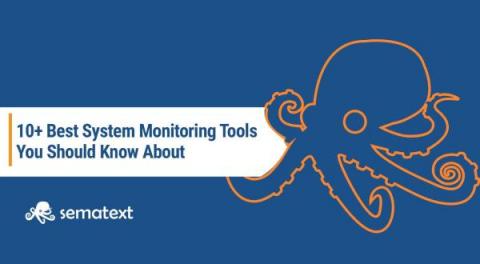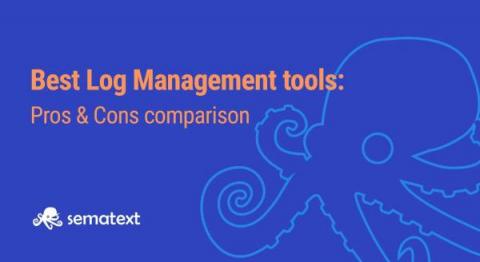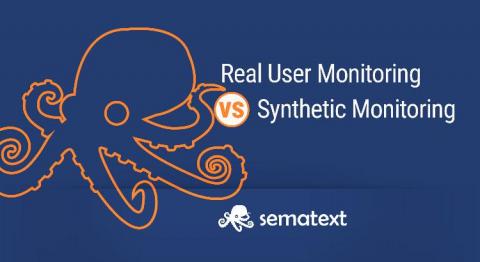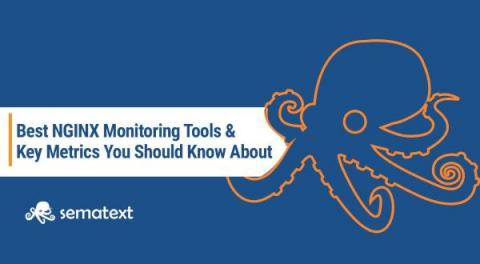Debugging Node.js Memory Leaks: How to Detect, Solve or Avoid Them in Applications
In this article, you’ll learn how to understand and debug the memory usage of a Node.js application and use monitoring tools to get a complete insight into what is happening with the heap memory and garbage collection. Here’s what you’ll get by the end of this tutorial. Memory leaks often go unnoticed. This is why I suggest using a tool to keep track of historical data of garbage collection cycles and to notify you if the heap memory usage starts spiking uncontrollably.











